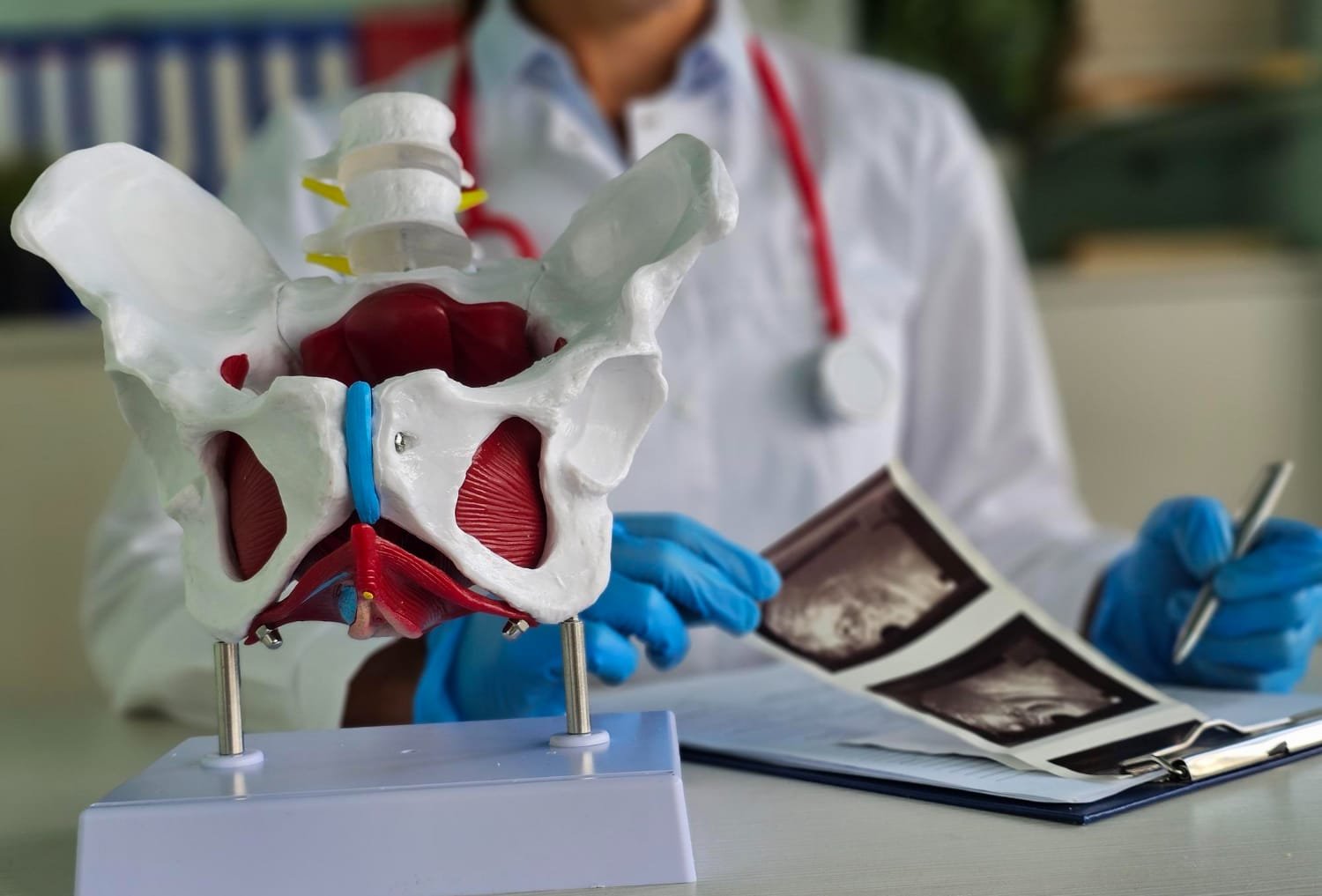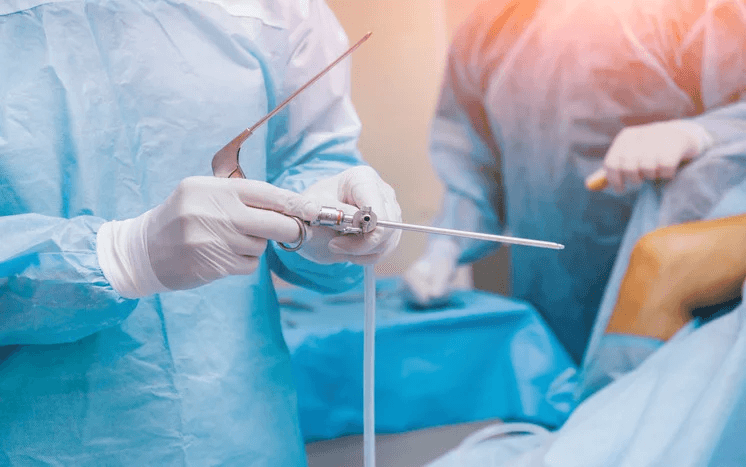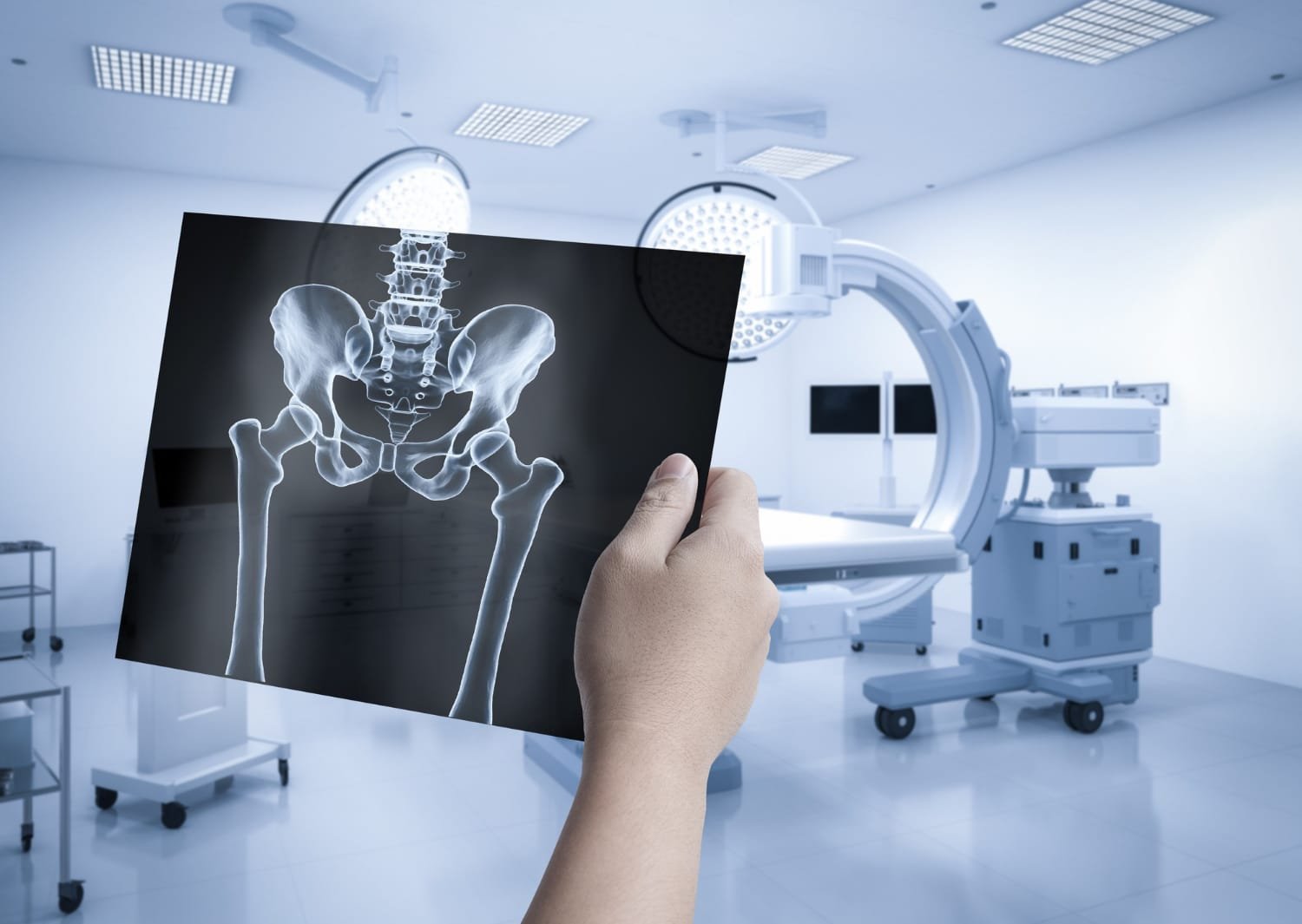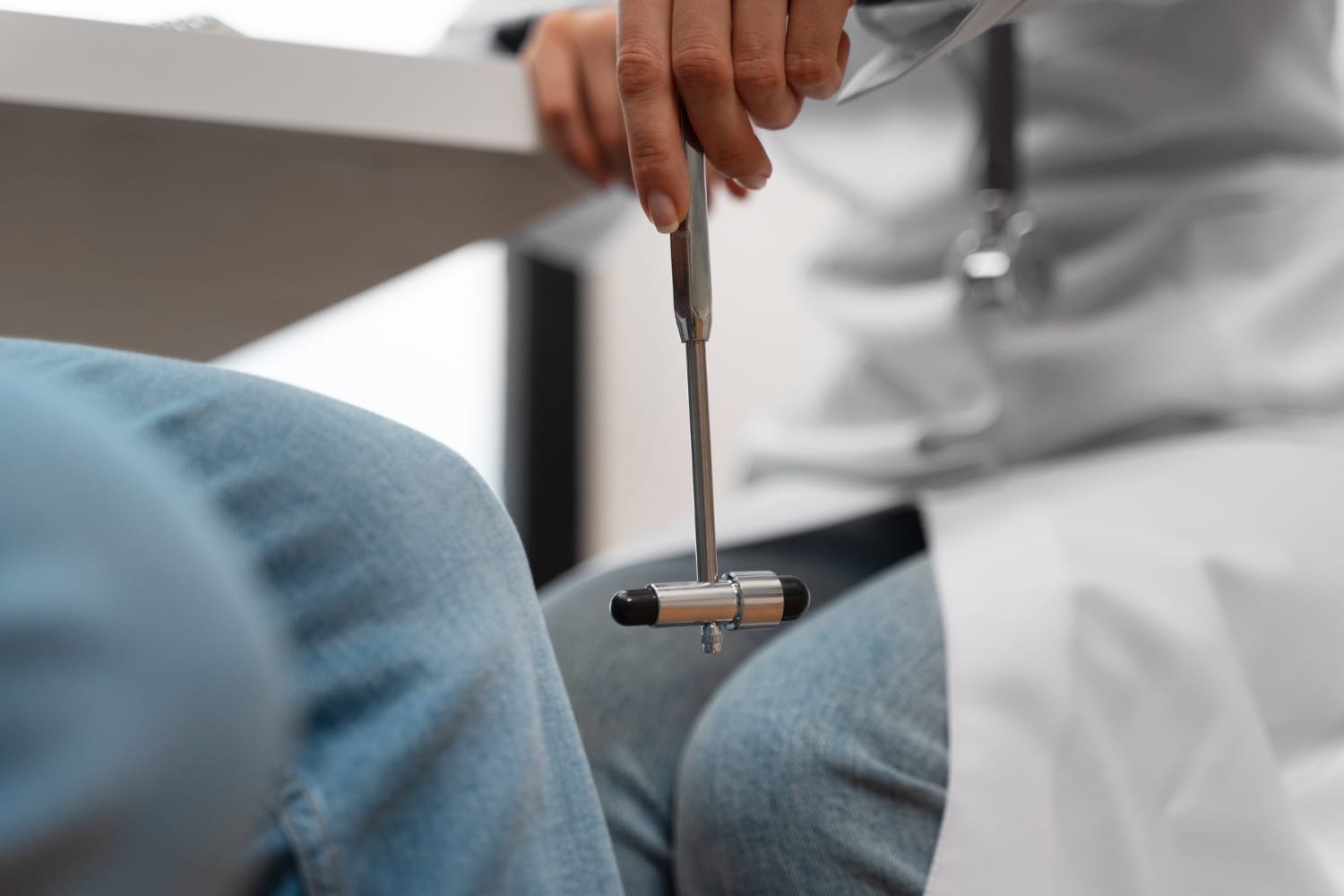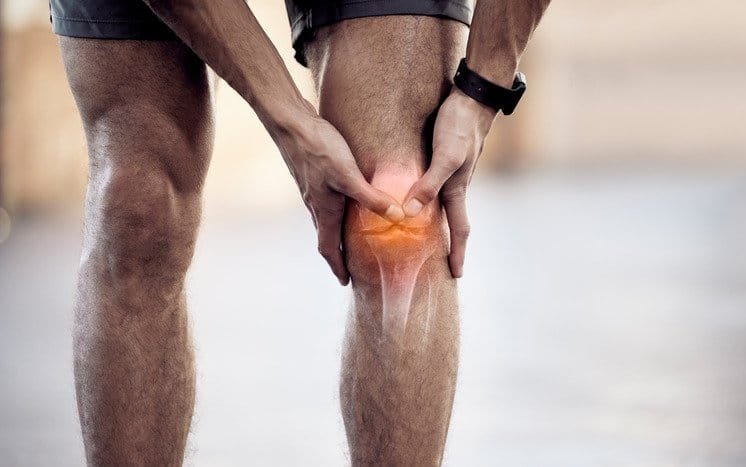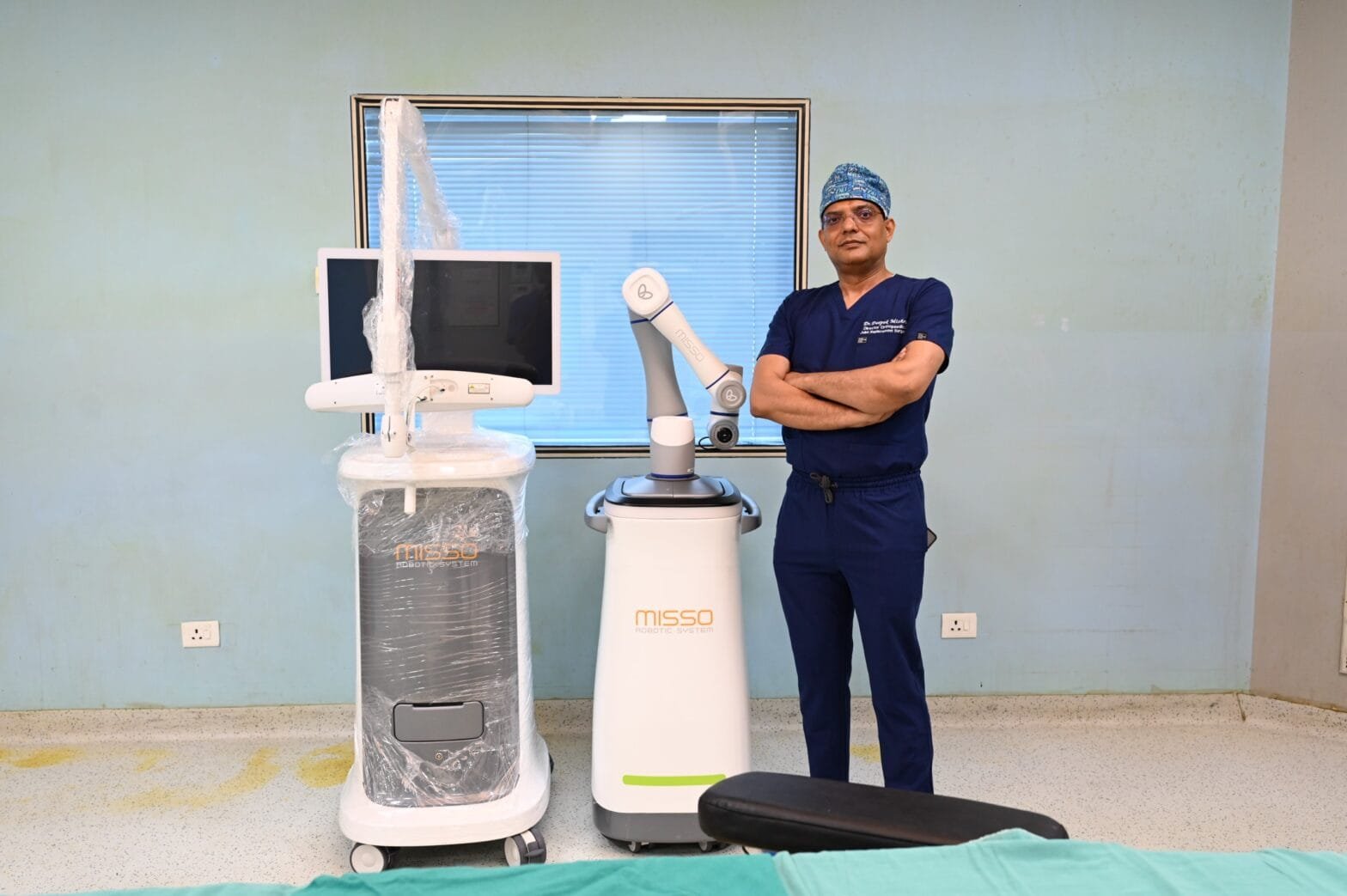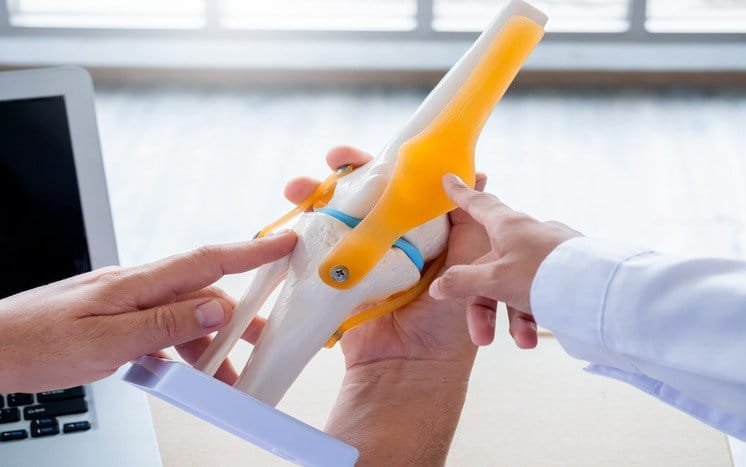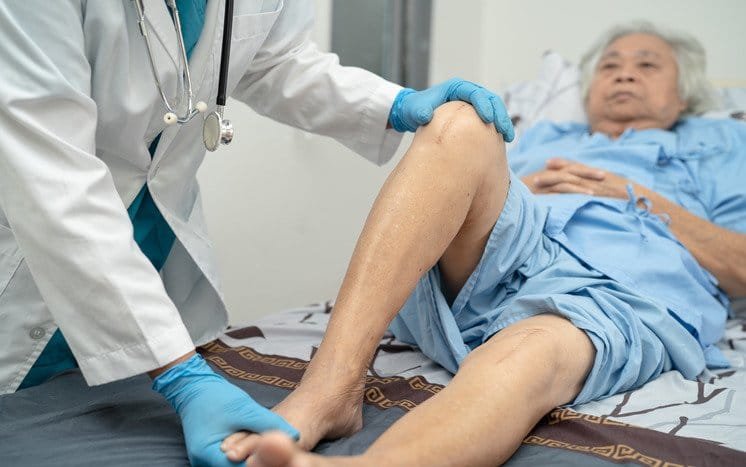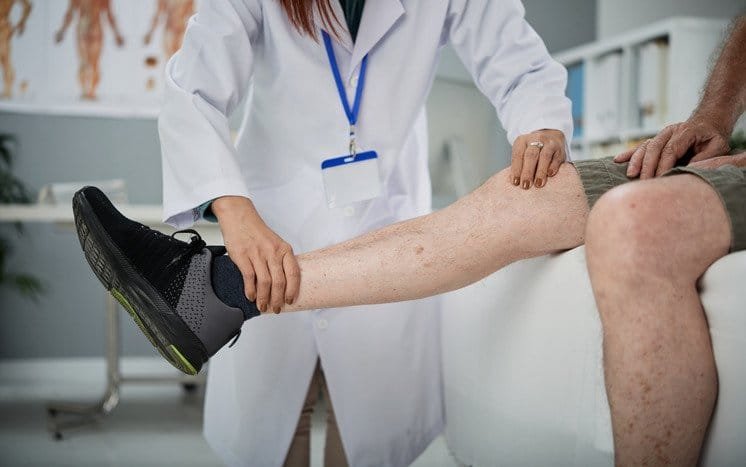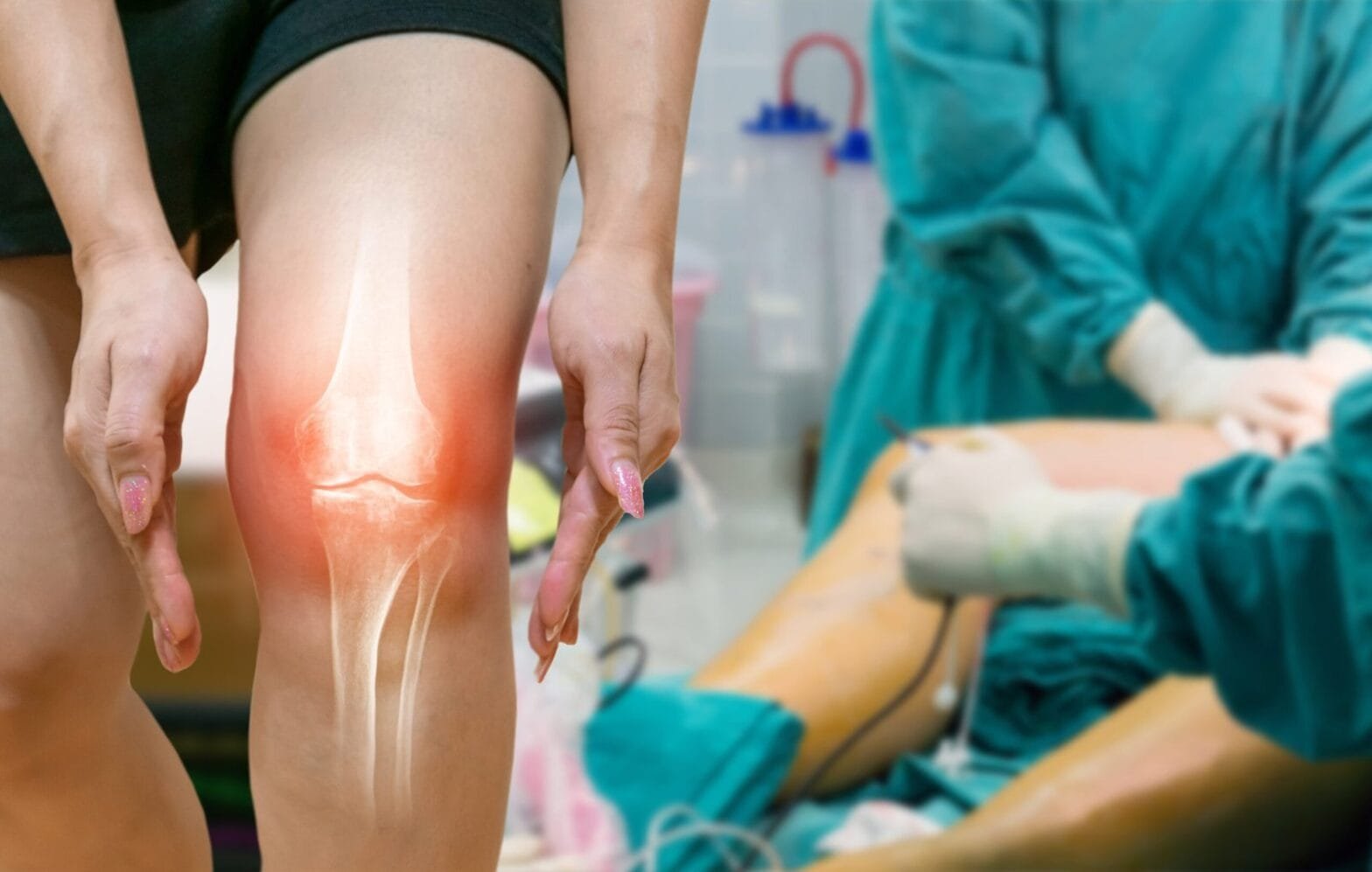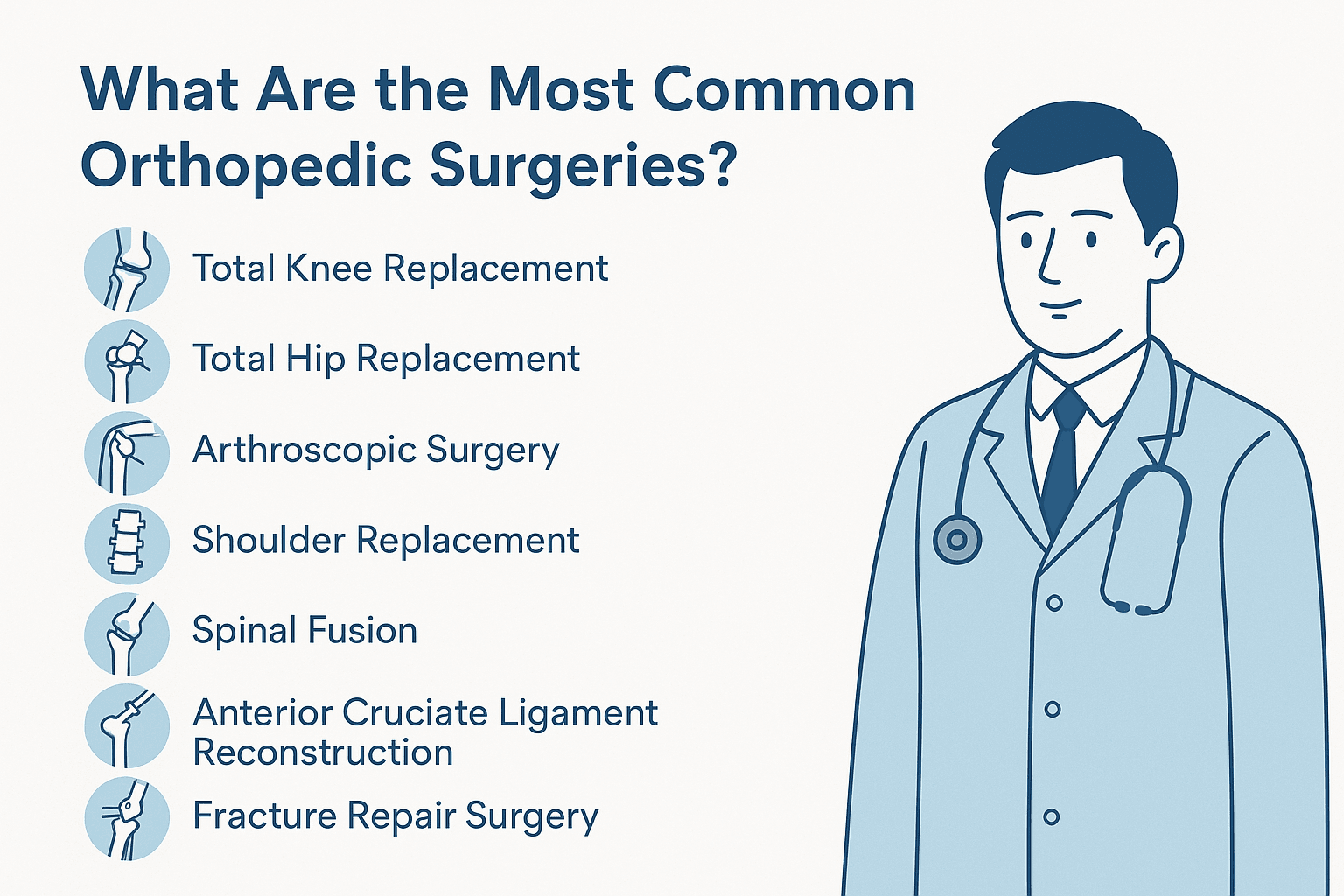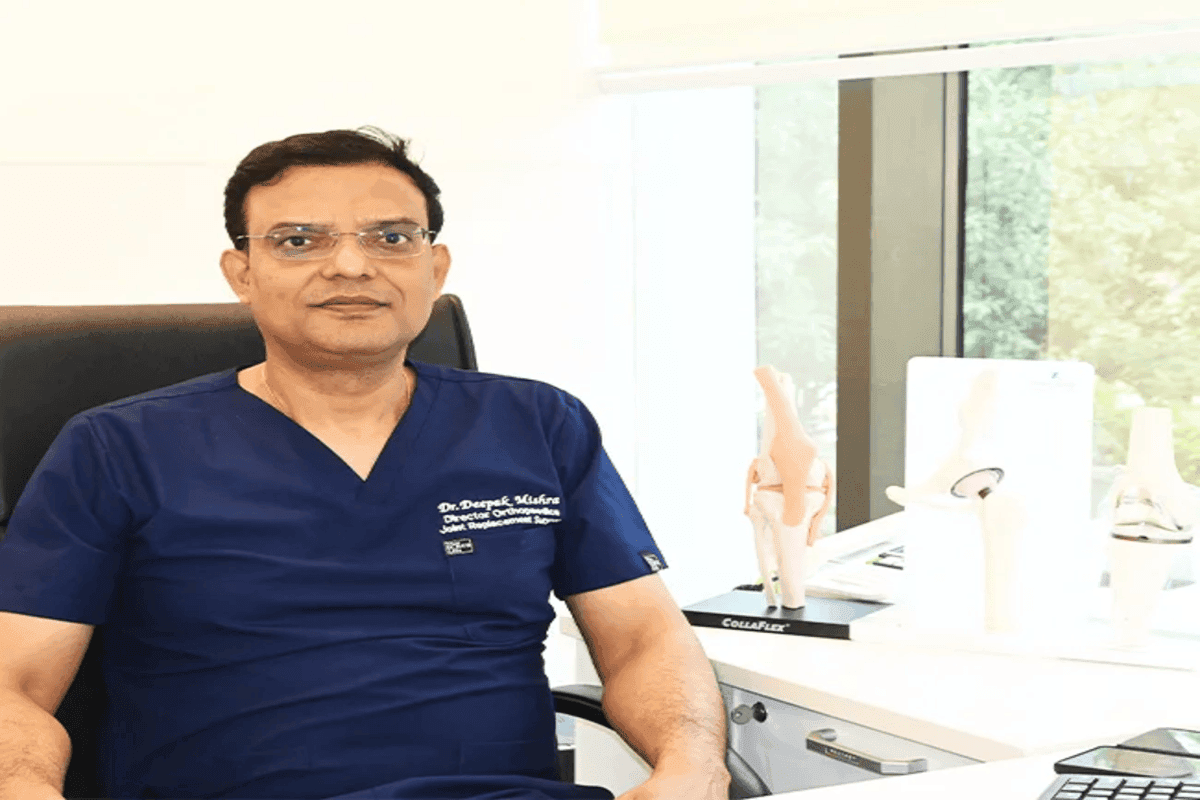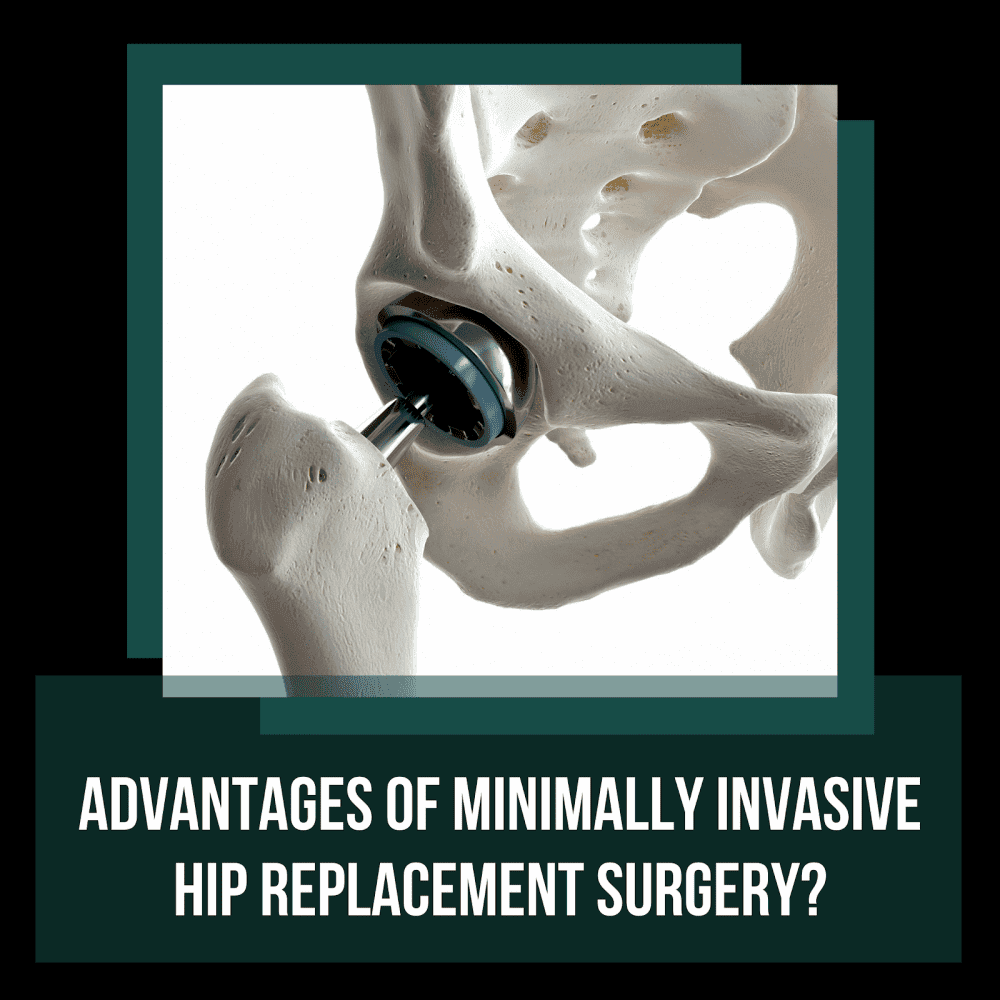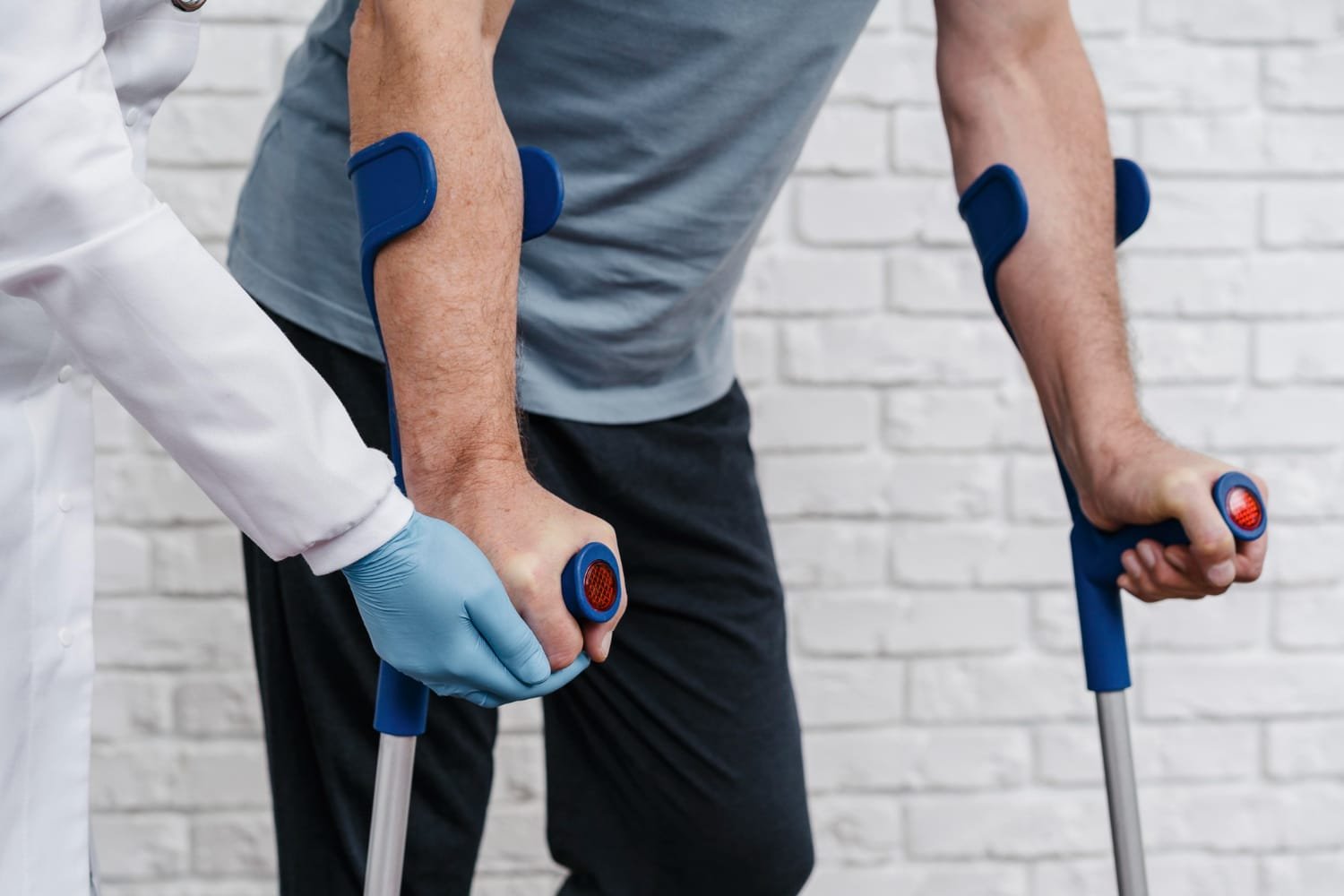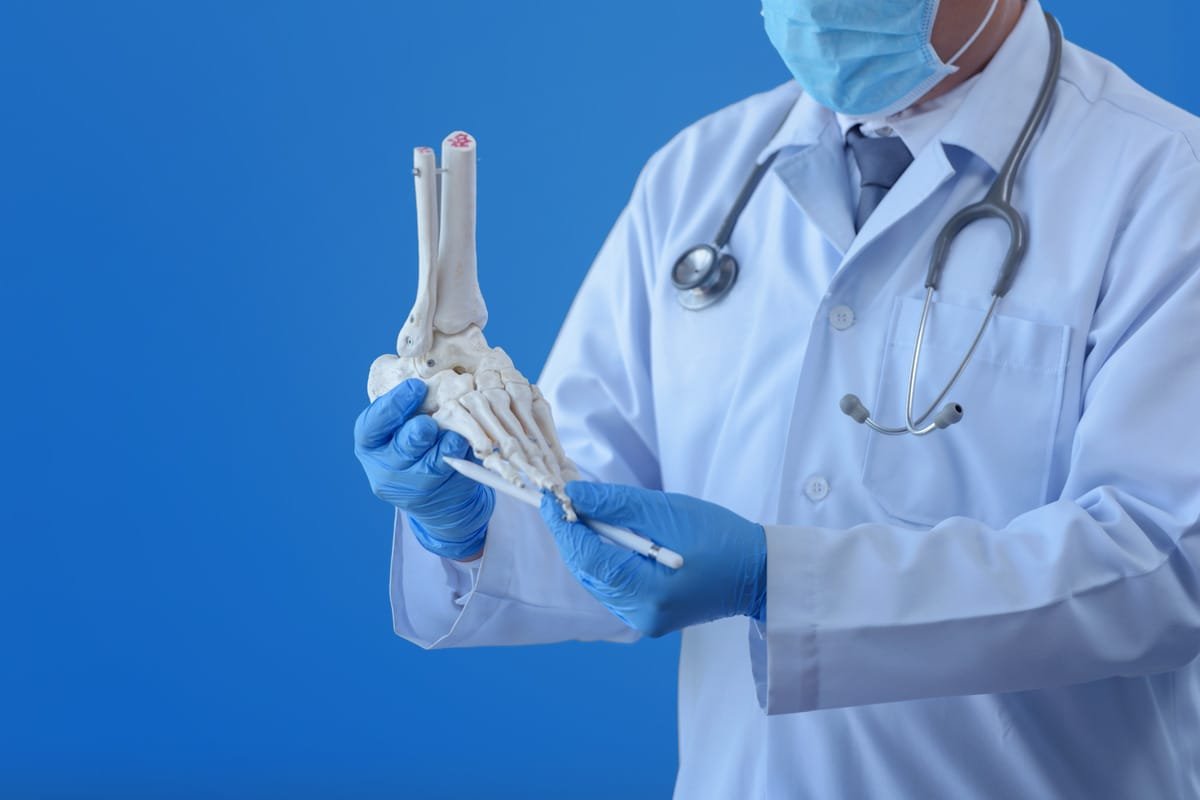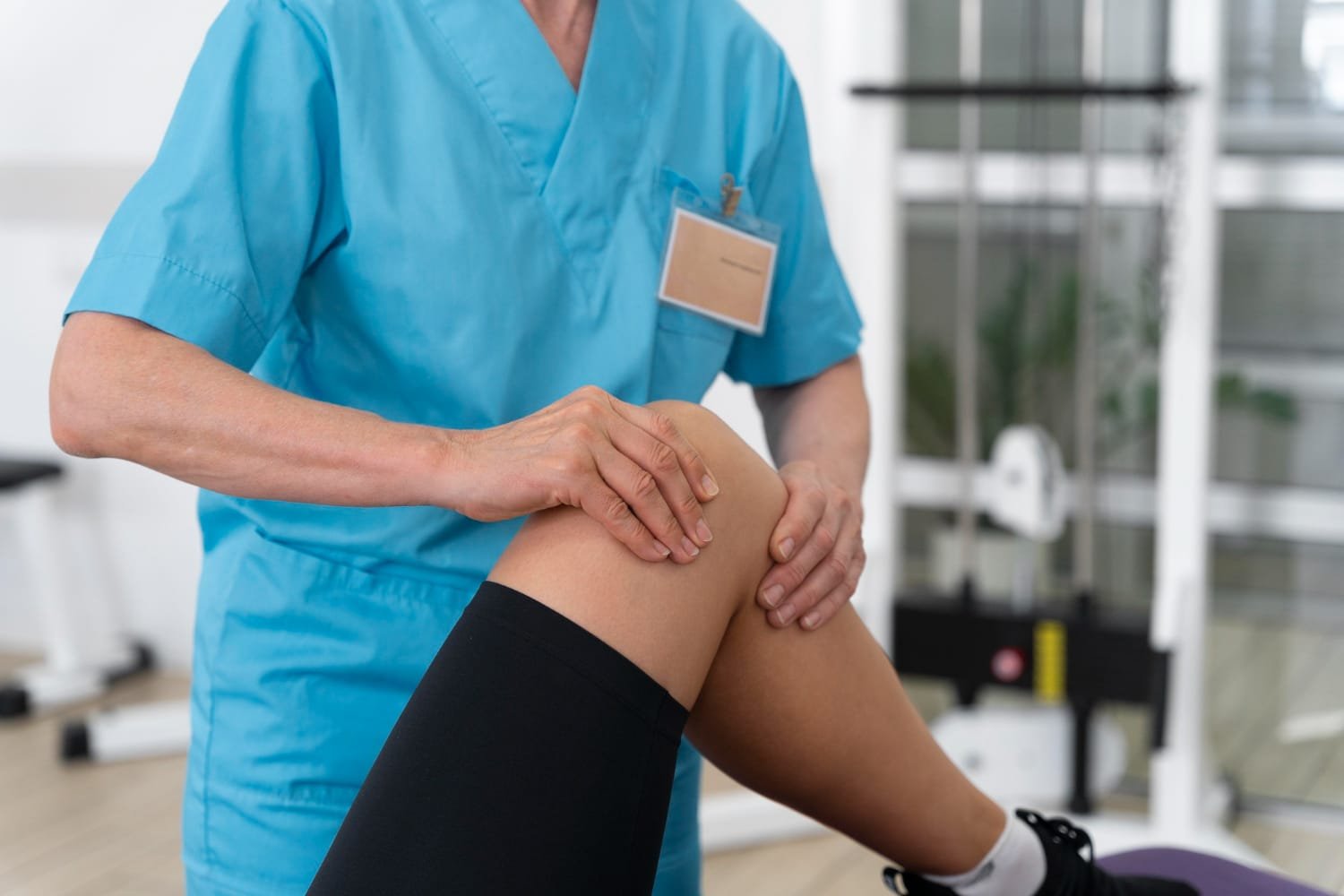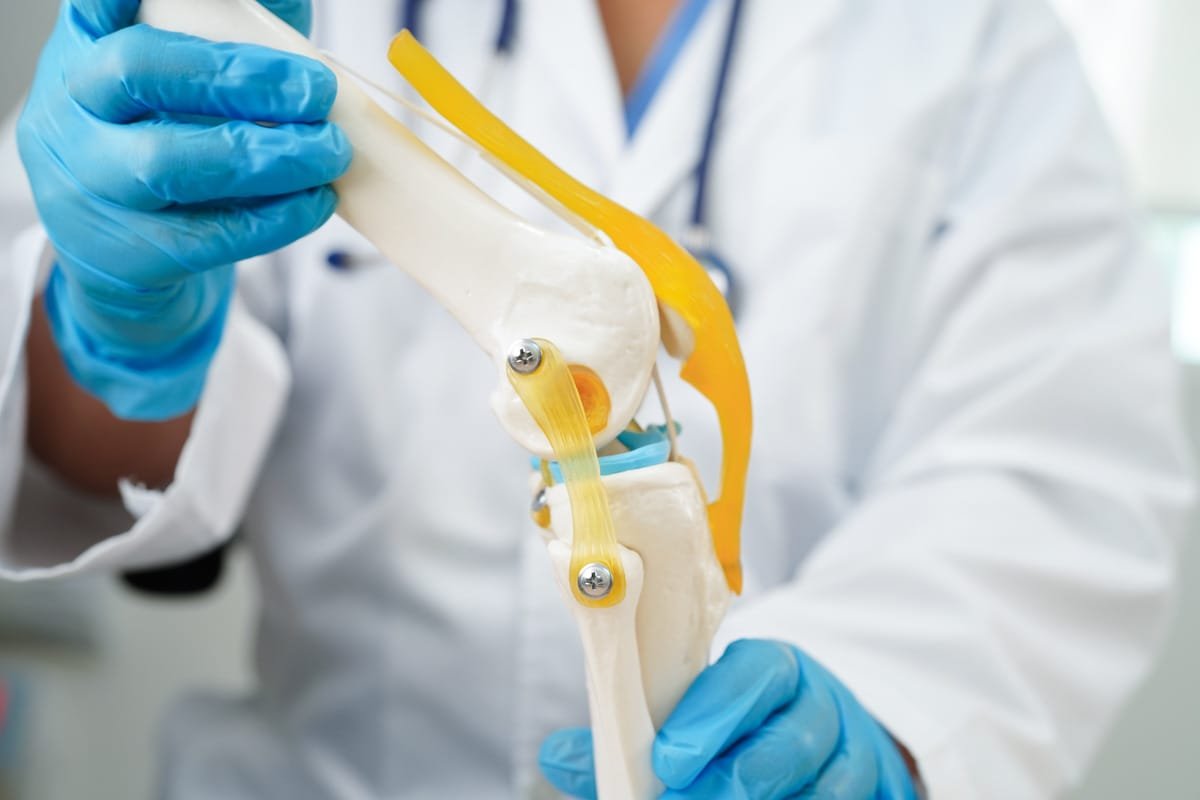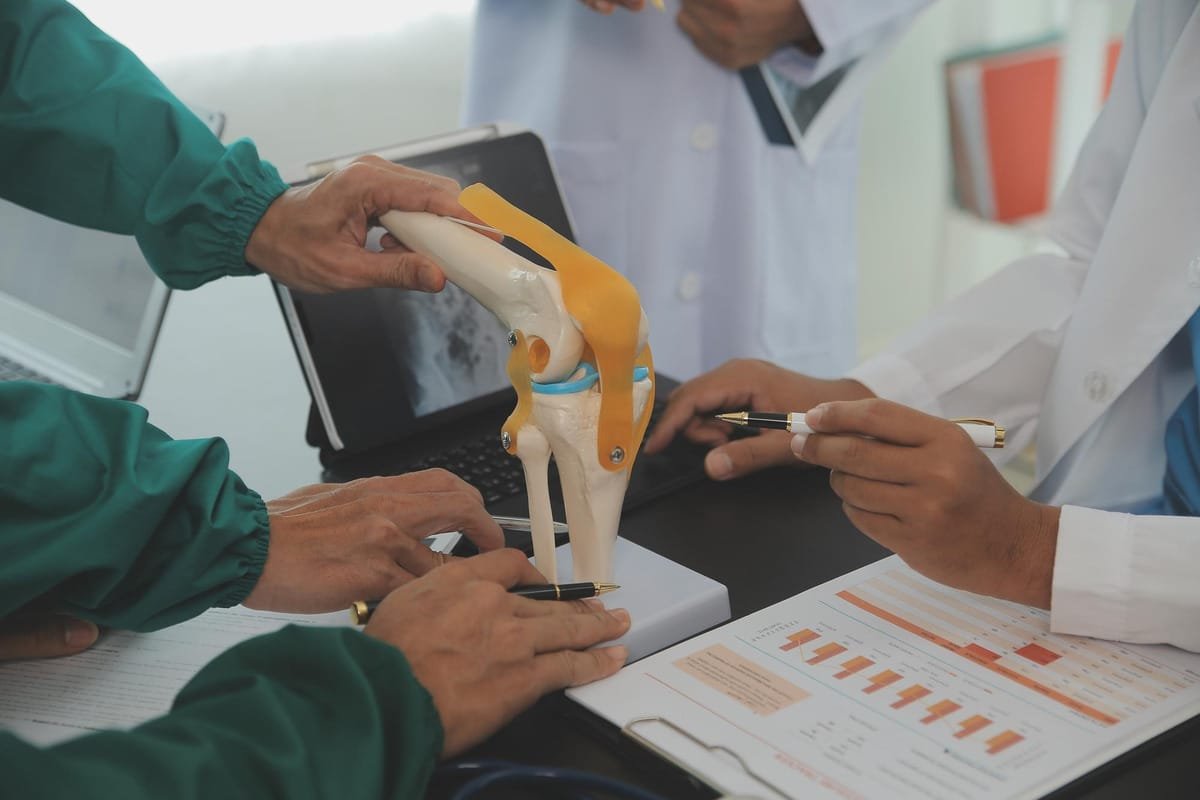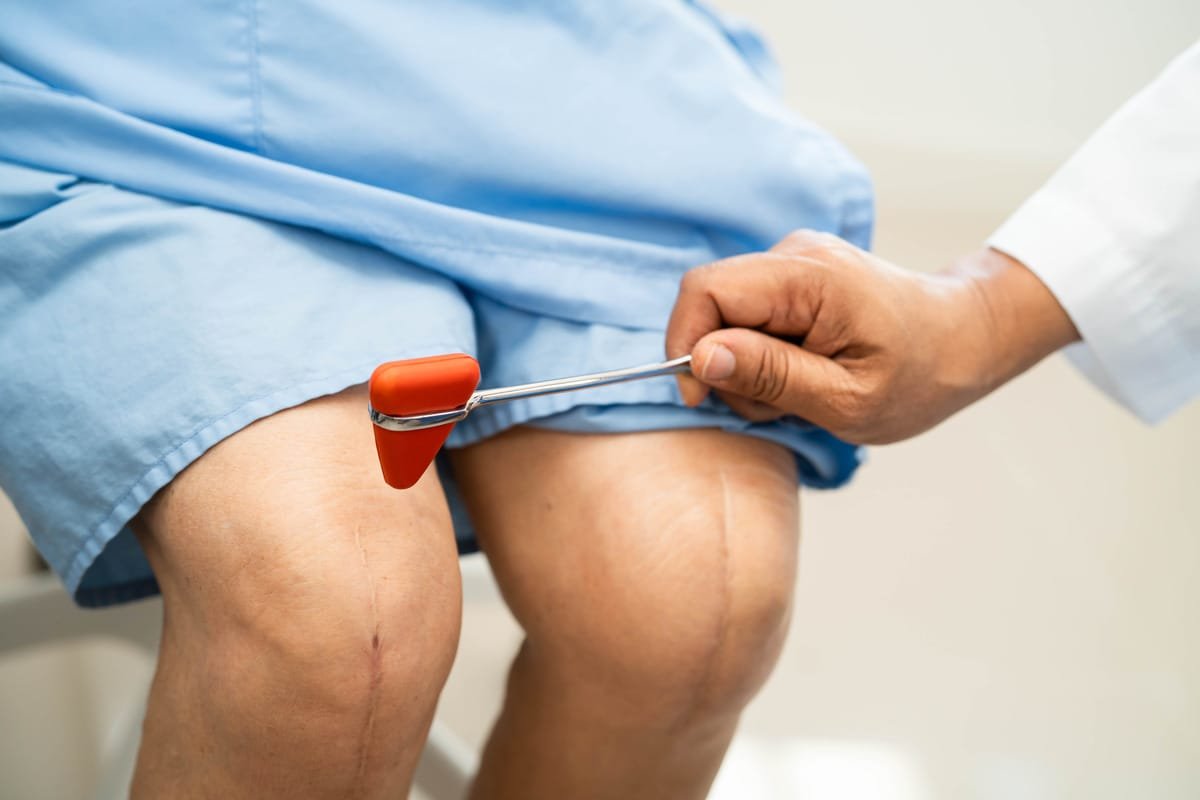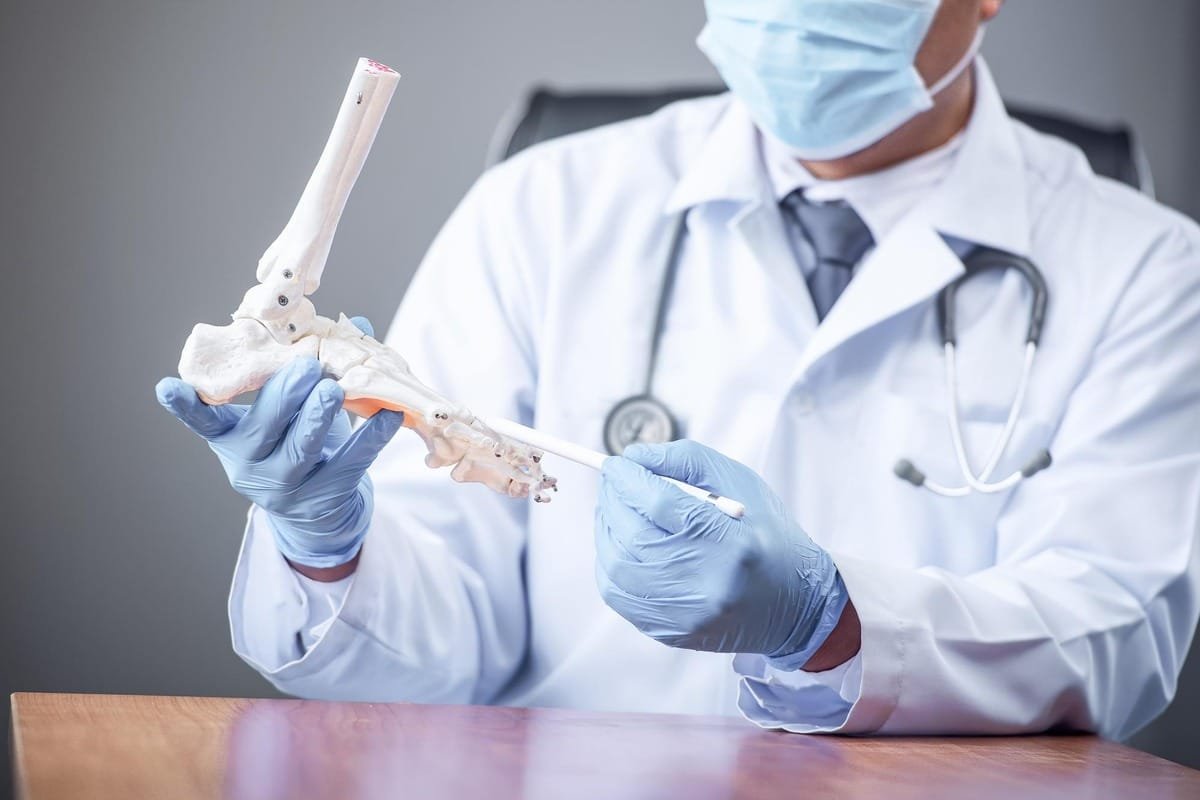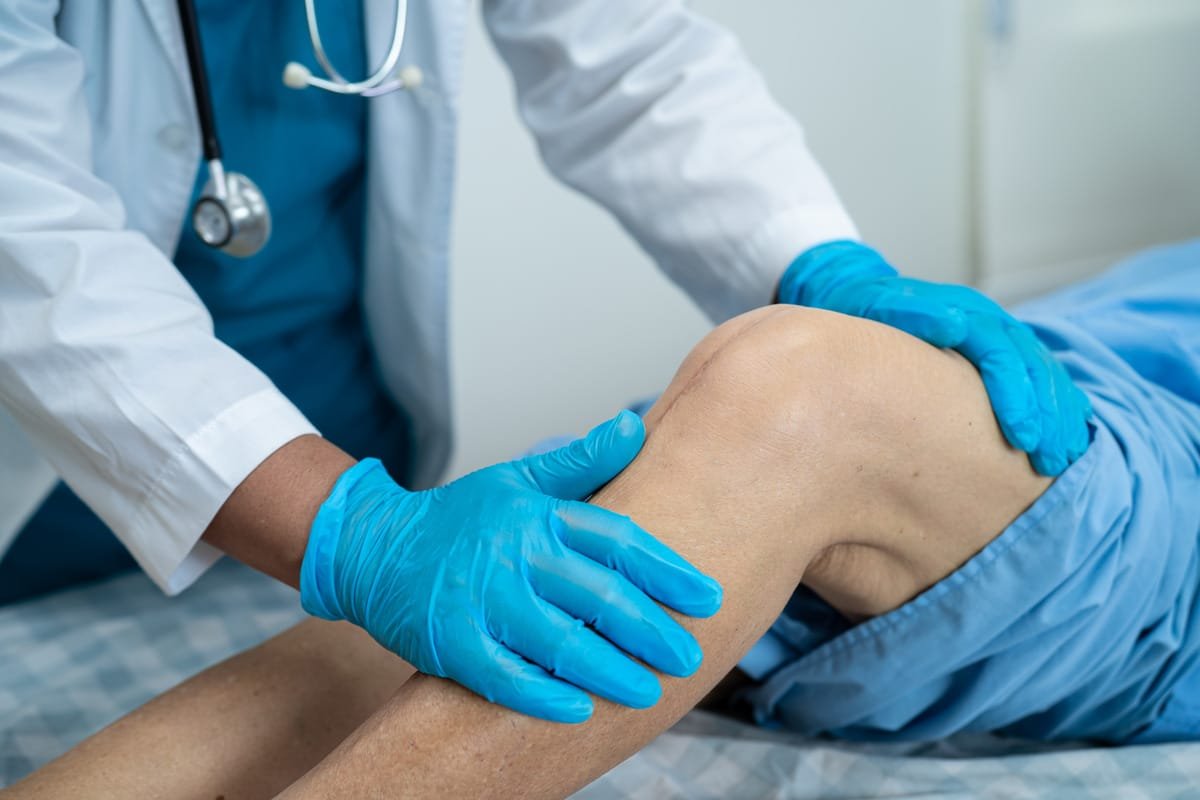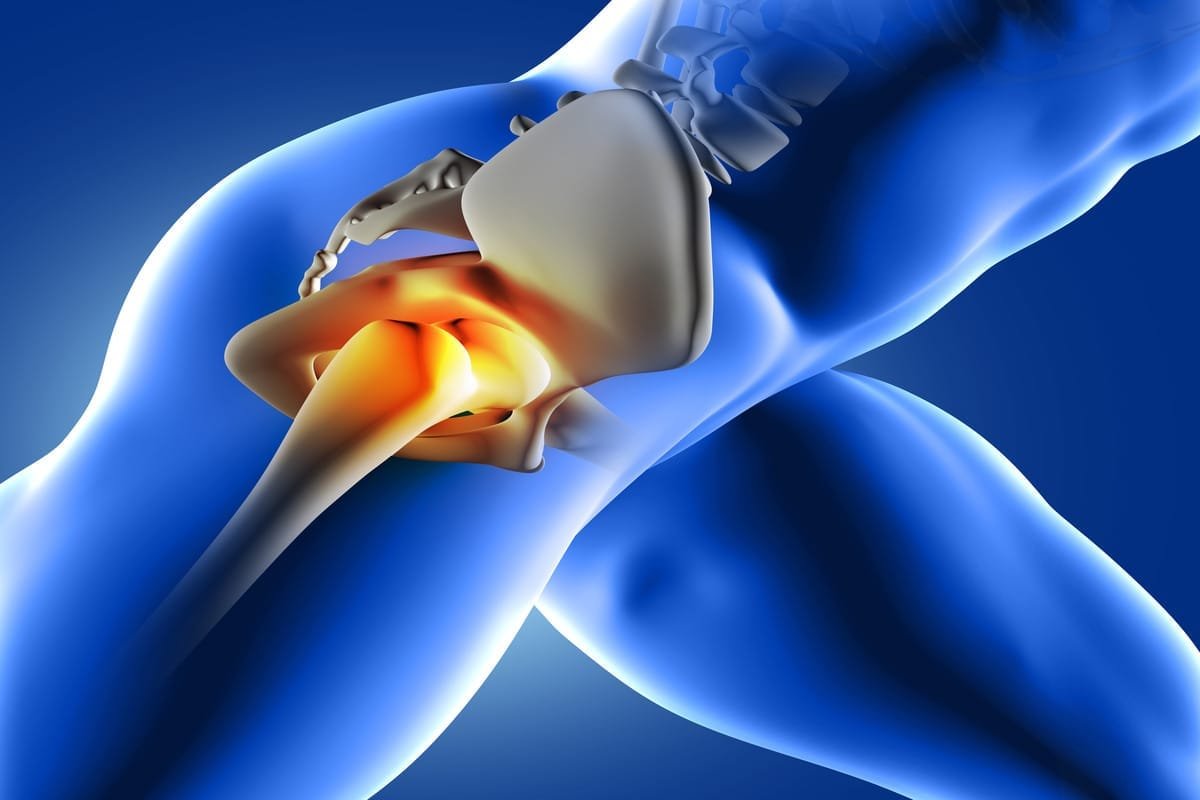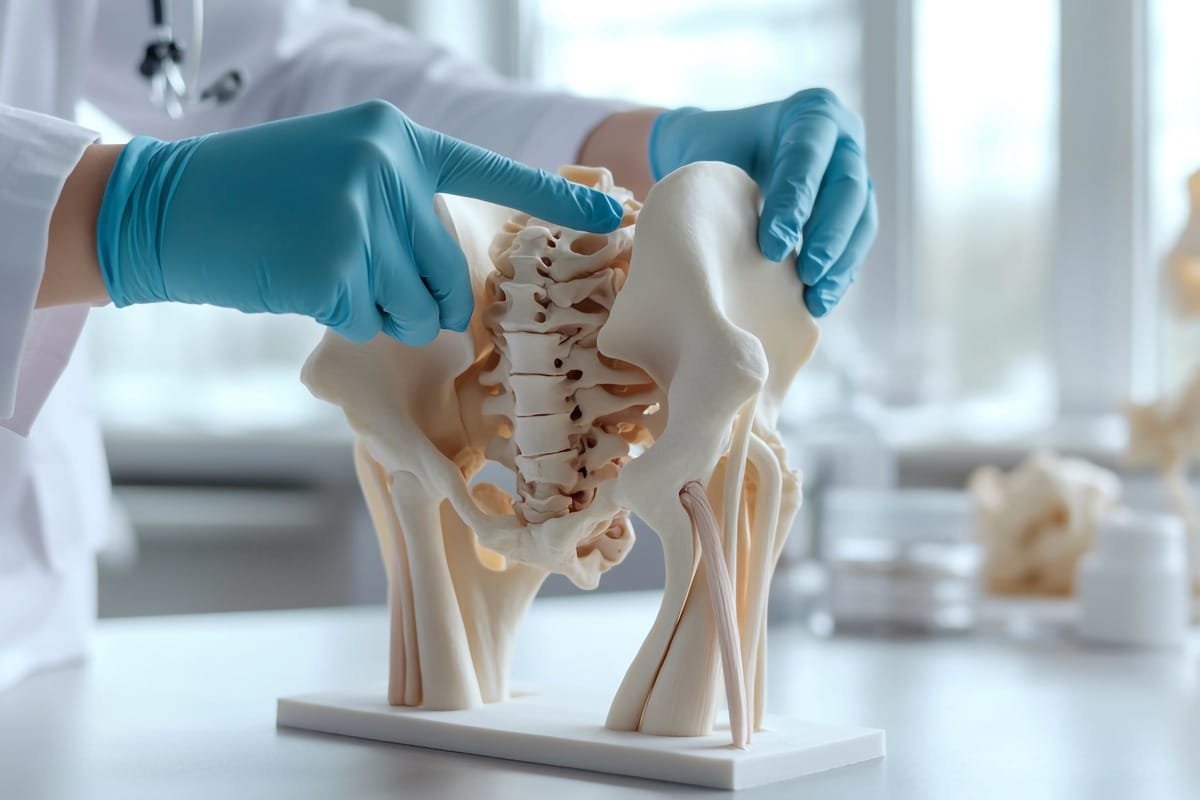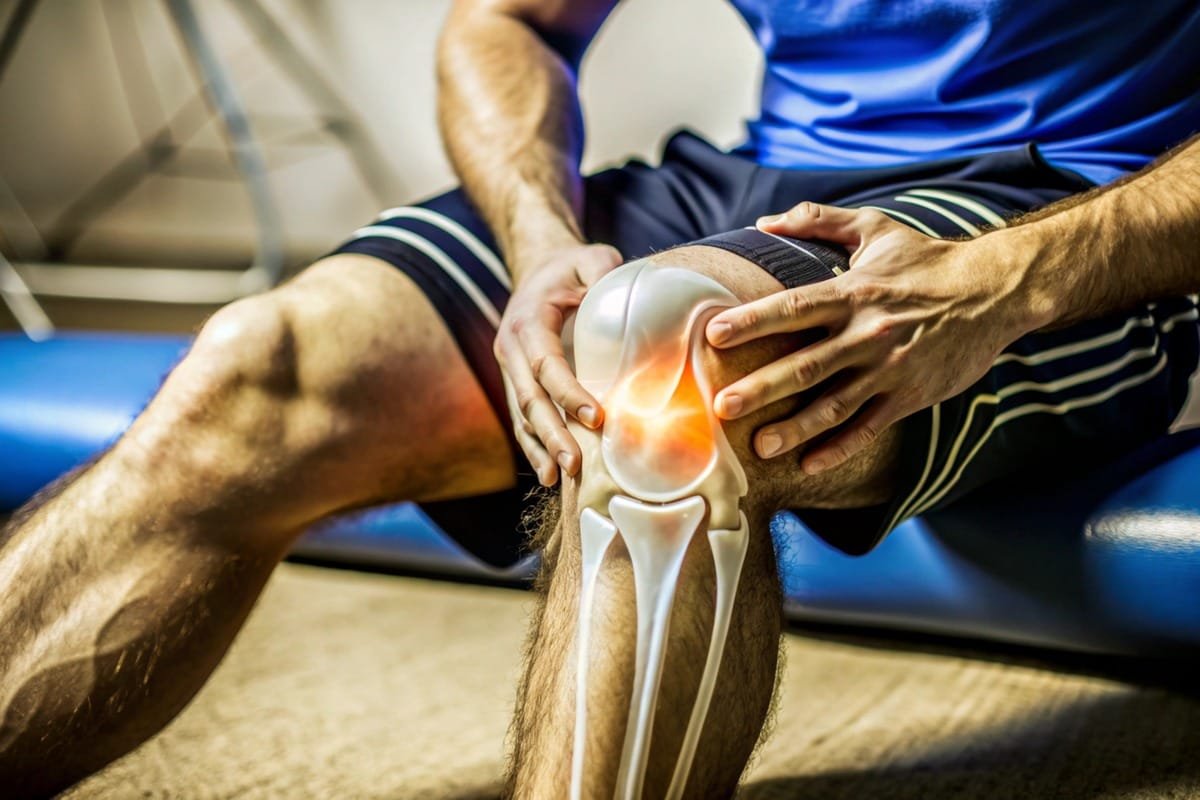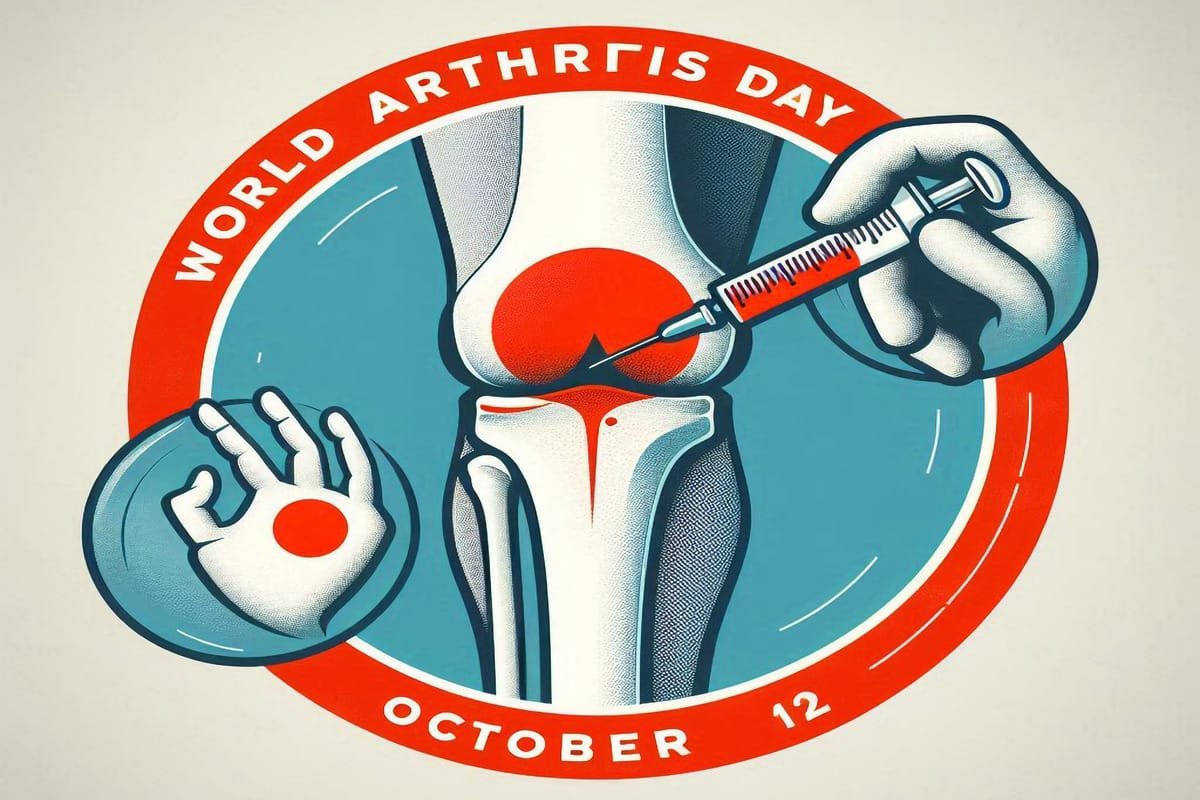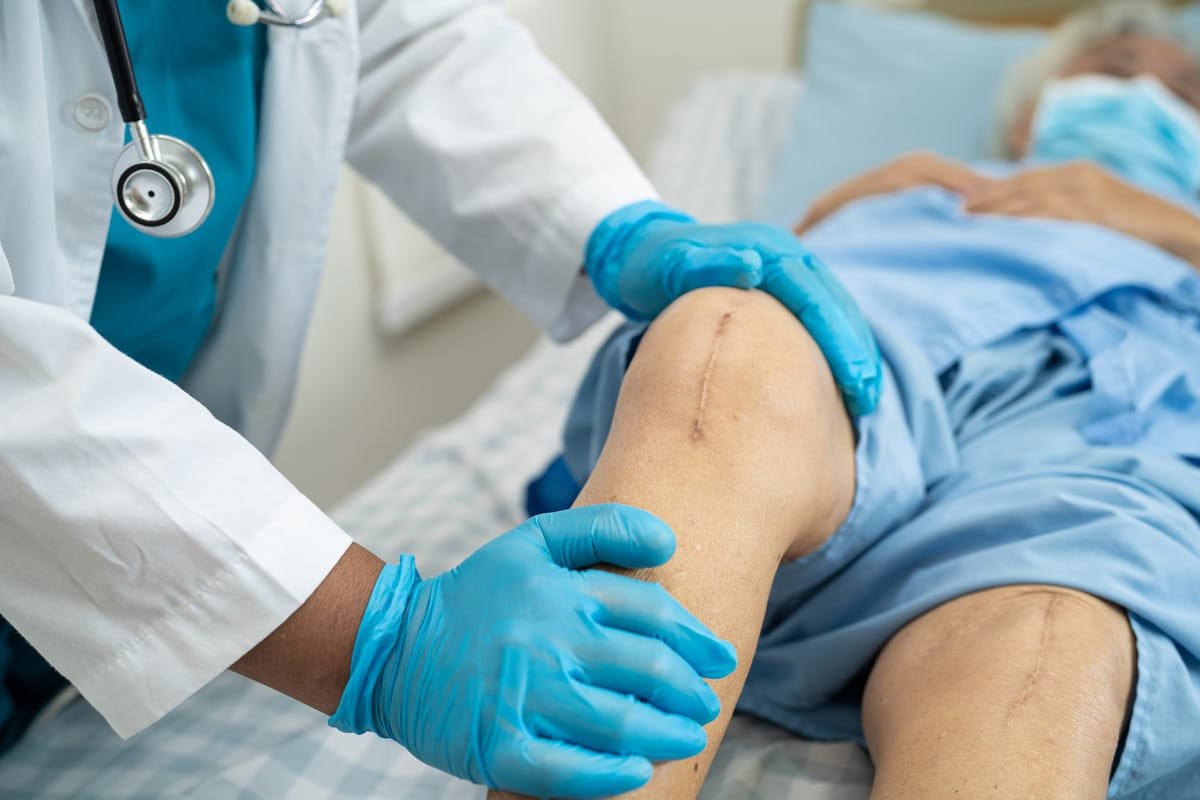
Benefits of Robotic-Assisted Knee Replacement Surgery
November 15, 2024Knee replacement surgery has been a game-changing procedure for individuals struggling with chronic knee pain and limited mobility. With advancements in medical technology, robotic-assisted knee replacement surgery has emerged as a highly precise and effective option. This technique combines the expertise of orthopedic surgeons with the accuracy of robotic systems, resulting in enhanced outcomes for patients.
This article explores the benefits of robotic-assisted knee replacement surgery and why it’s transforming orthopedic care with the insights of Dr Deepak Mishra.
What is Robotic-Assisted Knee Replacement Surgery?
Robotic-assisted knee replacement involves the use of a robotic system to assist surgeons during the procedure. It doesn’t replace the surgeon but provides advanced tools for preoperative planning and intraoperative precision. Using 3D imaging, the robotic system creates a detailed map of the patient’s knee, helping the surgeon execute the surgery with unmatched accuracy.
Key Benefits of Robotic-Assisted Knee Replacement
- Greater Precision
- Details: The robotic system allows surgeons to operate with pinpoint accuracy.
- Benefits: Precise alignment and positioning of the knee implant.
- Outcome: Reduces wear and tear, extending the lifespan of the implant.
- Personalized Surgery
- Details: Advanced imaging creates a customized surgical plan tailored to the patient’s anatomy.
- Benefits: Ensures a better fit of the implant.
- Outcome: Improves overall functionality and comfort post-surgery.
- Reduced Risk of Complications
- Details: Enhanced accuracy minimizes the chance of errors or misalignments.
- Benefits: Decreases the risk of infection, blood loss, or postoperative issues.
- Outcome: Promotes quicker recovery and fewer complications.
- Minimally Invasive Approach
- Details: Robotic systems enable surgeons to perform surgery through smaller incisions.
- Benefits: Less damage to surrounding tissues.
- Outcome: Reduces postoperative pain and scarring.
- Faster Recovery
- Details: Precision and minimally invasive techniques lead to reduced trauma.
- Benefits: Patients experience less pain and regain mobility faster.
- Outcome: Shorter hospital stays and quicker return to daily activities.
- Improved Long-Term Outcomes
- Details: Accurate placement of implants leads to better joint function.
- Benefits: Enhances the durability of the implant.
- Outcome: Provides long-lasting relief and improved quality of life.
Who Can Benefit from Robotic-Assisted Knee Replacement?
Robotic-assisted knee replacement is ideal for individuals with:
- Advanced osteoarthritis or rheumatoid arthritis causing significant knee pain.
- Limited mobility due to cartilage damage or joint degeneration.
- Unsatisfactory results from conservative treatments like physical therapy or medication.
- Complex anatomical variations requiring a highly personalized surgical approach.
How the Procedure Works
- Preoperative Planning
- Advanced imaging technology maps the knee joint in 3D.
- The surgeon creates a detailed surgical plan based on the patient’s unique anatomy.
- Intraoperative Assistance
- The robotic system provides real-time feedback, guiding the surgeon to make precise cuts and align the implant.
- Postoperative Recovery
- Patients typically experience less pain and recover faster compared to traditional knee replacement surgery.
Comparing Robotic-Assisted and Traditional Knee Replacement
| Feature | Robotic-Assisted | Traditional |
|---|---|---|
| Precision | High due to robotic guidance | Relies on surgeon expertise |
| Customization | Tailored to patient anatomy | Standardized implant approach |
| Incision Size | Smaller and less invasive | Larger incisions |
| Recovery Time | Faster | Slightly longer |
| Risk of Complications | Lower | Higher |
Addressing Common Myths
- Myth: The robot performs the surgery alone.
- Reality: The surgeon is in complete control and uses the robot as an advanced tool.
- Myth: Robotic surgery is riskier.
- Reality: Robotic assistance actually reduces risks by improving accuracy and minimizing tissue damage.
- Myth: It’s only for young patients.
- Reality: Robotic knee replacement is suitable for adults of all ages depending on their medical condition.
Why Choose Dr. Deepak Mishra for Robotic Knee Replacement Surgery?
Dr. Deepak Mishra, recognized as the best robotic knee replacement surgeon in Faridabad, leads the Department of Orthopedics at Asian Hospital, Faridabad. With unparalleled expertise in robotic-assisted procedures, Dr. Mishra has transformed the lives of countless patients through precision-based surgical care. His dedication to innovation and personalized treatment ensures the best outcomes for individuals seeking relief from chronic knee issues.
Conclusion
Robotic-assisted knee replacement surgery represents a major leap forward in orthopedic care. Its precision, personalization, and minimally invasive nature make it an excellent choice for patients seeking relief from chronic knee pain and mobility issues.
If chronic knee pain is affecting your quality of life, consult an expert like Dr. Deepak Mishra to learn if robotic-assisted knee replacement is the right option for you.
Recent Blogs
-
 Does Insurance Cover Robotic Knee Replacement Surgery?
Does Insurance Cover Robotic Knee Replacement Surgery?- 6, October 2025
-
 When Can You Return to Sports After Robotic Knee Replacement?
When Can You Return to Sports After Robotic Knee Replacement?- 6, October 2025
-
 Impact of Obesity on Knee Replacement Surgery and Recovery
Impact of Obesity on Knee Replacement Surgery and Recovery- 30, September 2025
-
 Early vs. Delayed Knee Replacement: Which Is Better?
Early vs. Delayed Knee Replacement: Which Is Better?- 30, September 2025
-
 How Durable Are Knee Implants? A Complete Guide
How Durable Are Knee Implants? A Complete Guide- 24, September 2025
-
 Can You Play Sports After Knee Replacement Surgery?
Can You Play Sports After Knee Replacement Surgery?- 24, September 2025
-
 Key Benefits of Revision Hip Replacement You Should Know
Key Benefits of Revision Hip Replacement You Should Know- 15, September 2025
-
 Revision Hip Replacement vs. Primary Hip Replacement: Key Differences
Revision Hip Replacement vs. Primary Hip Replacement: Key Differences- 15, September 2025
-

-
 Total Knee Replacement Complications: What You Need to Know
Total Knee Replacement Complications: What You Need to Know- 5, September 2025
-
 Can You Play Sports After Hip Replacement Surgery?
Can You Play Sports After Hip Replacement Surgery?- 26, August 2025
-
 Preparing for Knee Replacement: Do’s and Don’ts Before Surgery
Preparing for Knee Replacement: Do’s and Don’ts Before Surgery- 26, August 2025
-

-
 What to Know About Knee Replacement Revision Surgery
What to Know About Knee Replacement Revision Surgery- 18, August 2025
-
 Cost of Hip Replacement in India – What Patients Should Know
Cost of Hip Replacement in India – What Patients Should Know- 11, August 2025
-

-
 Who Is the Best Orthopedic Doctor for Sports Injuries?
Who Is the Best Orthopedic Doctor for Sports Injuries?- 27, July 2025
-
 Success Rate of Robotic Knee Replacement in India
Success Rate of Robotic Knee Replacement in India- 27, July 2025
-
 Why Surgeons Are Switching to Robotic Knee Replacements
Why Surgeons Are Switching to Robotic Knee Replacements- 15, July 2025
-
 Do’s and Don’ts After Knee Replacement Surgery
Do’s and Don’ts After Knee Replacement Surgery- 15, July 2025
-
 Best Robotic Knee Replacement in India
Best Robotic Knee Replacement in India- 7, July 2025
-
 Affordable Robotic Knee Replacement in India
Affordable Robotic Knee Replacement in India- 7, July 2025
-

-

-

-

-

-

-

-
 Orthopedic Meaning, Definition, Types, and More
Orthopedic Meaning, Definition, Types, and More- 6, June 2025
-
 What Are the Most Common Orthopedic Surgeries?
What Are the Most Common Orthopedic Surgeries?- 24, May 2025
-
 What Does an Orthopedic Doctor Do?
What Does an Orthopedic Doctor Do?- 24, May 2025
-

-

-

-
 Best Orthopedic Doctor for Knee Pain in Faridabad
Best Orthopedic Doctor for Knee Pain in Faridabad- 12, May 2025
-
 How to Prevent Knee Pain with Orthopedic Expert Tips
How to Prevent Knee Pain with Orthopedic Expert Tips- 29, April 2025
-

-
 Best Orthopedic Treatment in Faridabad: What You Should Know
Best Orthopedic Treatment in Faridabad: What You Should Know- 29, April 2025
-

-

-
 Best Knee Replacement Surgeon in Mathura
Best Knee Replacement Surgeon in Mathura- 14, April 2025
-
 Best Knee Replacement Surgeon in Hodal
Best Knee Replacement Surgeon in Hodal- 14, April 2025
-
 Best Knee Replacement Surgeon in Palwal
Best Knee Replacement Surgeon in Palwal- 14, April 2025
-

-

-

-
 Benefits of Minimally Invasive Knee Surgery
Benefits of Minimally Invasive Knee Surgery- 24, March 2025
-
 Types of Knee Implants
Types of Knee Implants- 17, March 2025
-
 Best knee Replacement Surgeon in India
Best knee Replacement Surgeon in India- 17, March 2025
-

-
 How to Recover Quickly After Knee Replacement Surgery
How to Recover Quickly After Knee Replacement Surgery- 10, March 2025
-

-

-

-
 Minimally Invasive Arthroplasty: Benefits and Recovery Advantages
Minimally Invasive Arthroplasty: Benefits and Recovery Advantages- 24, February 2025
-
 Common Mistakes to Avoid After Joint Replacement Surgery
Common Mistakes to Avoid After Joint Replacement Surgery- 24, February 2025
-
 Choosing the Right Hip Replacement Surgeon: A Comprehensive Guide
Choosing the Right Hip Replacement Surgeon: A Comprehensive Guide- 17, February 2025
-
 Restoring Mobility: The Role of Knee Replacement Doctors
Restoring Mobility: The Role of Knee Replacement Doctors- 17, February 2025
-
 Orthopedic Trauma Care for Athletes
Orthopedic Trauma Care for Athletes- 6, February 2025
-
 Best Doctor for ACL Tear Treatment
Best Doctor for ACL Tear Treatment- 6, February 2025
-
 Best Sports Medicine Doctor for Knee Injuries
Best Sports Medicine Doctor for Knee Injuries- 6, February 2025
-
 Orthopedic Surgeons: 7 Things You Need to Know
Orthopedic Surgeons: 7 Things You Need to Know- 27, January 2025
-
 Best Joint Replacement Surgeon in Greater Faridabad
Best Joint Replacement Surgeon in Greater Faridabad- 27, January 2025
-
 Best Knee Replacement Surgeon in Palwal
Best Knee Replacement Surgeon in Palwal- 20, January 2025
-
 Best Knee Replacement Surgeon in South Delhi
Best Knee Replacement Surgeon in South Delhi- 20, January 2025
-
 Signs You May Need a Knee Replacement: Insights from a Surgeon
Signs You May Need a Knee Replacement: Insights from a Surgeon- 13, January 2025
-
 Restoring Mobility: The Role of Knee Replacement Doctor
Restoring Mobility: The Role of Knee Replacement Doctor- 13, January 2025
-
 Robotic Knee Replacement Surgery in Delhi
Robotic Knee Replacement Surgery in Delhi- 30, December 2024
-
 Robotic Orthopedic Surgery: Revolutionizing Joint Replacement and Repair
Robotic Orthopedic Surgery: Revolutionizing Joint Replacement and Repair- 30, December 2024
-
 Robotic Knee Replacement vs. Traditional Surgery: A Comparative Guide
Robotic Knee Replacement vs. Traditional Surgery: A Comparative Guide- 23, December 2024
-
 How to Make Joints Stronger: A Comprehensive Guide
How to Make Joints Stronger: A Comprehensive Guide- 23, December 2024
-
 Common Knee Conditions and How a Knee Surgeon Can Help
Common Knee Conditions and How a Knee Surgeon Can Help- 16, December 2024
-

-

-
 Orthopedic Surgeons: 7 Things You Need to Know
Orthopedic Surgeons: 7 Things You Need to Know- 6, December 2024
-
 Top 5 Mistakes After Knee Replacement
Top 5 Mistakes After Knee Replacement- 25, November 2024
-
 Advantages and Disadvantages of Robotic Knee Replacement
Advantages and Disadvantages of Robotic Knee Replacement- 25, November 2024
-
 When to See an Orthopedic Specialist: Recognizing Early Signs
When to See an Orthopedic Specialist: Recognizing Early Signs- 15, November 2024
-
 Benefits of Robotic-Assisted Knee Replacement Surgery
Benefits of Robotic-Assisted Knee Replacement Surgery- 15, November 2024
-
 Knee Replacement Surgery Cost
Knee Replacement Surgery Cost- 8, November 2024
-
 Best Robotic Knee Replacement Surgeon in Faridabad
Best Robotic Knee Replacement Surgeon in Faridabad- 8, November 2024
-

-
 Knee Replacement Surgery: Types, Benefits, and Recovery Timeline
Knee Replacement Surgery: Types, Benefits, and Recovery Timeline- 28, October 2024
-
 What is Osteoporosis? Symptoms, Causes, and Prevention
What is Osteoporosis? Symptoms, Causes, and Prevention- 21, October 2024
-
 Signs It’s Time for a Knee Replacement: When to Consult a Surgeon
Signs It’s Time for a Knee Replacement: When to Consult a Surgeon- 18, October 2024
-
 Understanding Different Types of Arthritis: Symptoms and Causes
Understanding Different Types of Arthritis: Symptoms and Causes- 11, October 2024
-
 Taking Care After Knee Replacement Surgery
Taking Care After Knee Replacement Surgery- 15, December 2022
-
 Amazing Ways to Get Relief from Arthritis Pain Naturally
Amazing Ways to Get Relief from Arthritis Pain Naturally- 2, December 2022
-

-
 How Does Fat Affect Arthritis?
How Does Fat Affect Arthritis?- 4, November 2022







